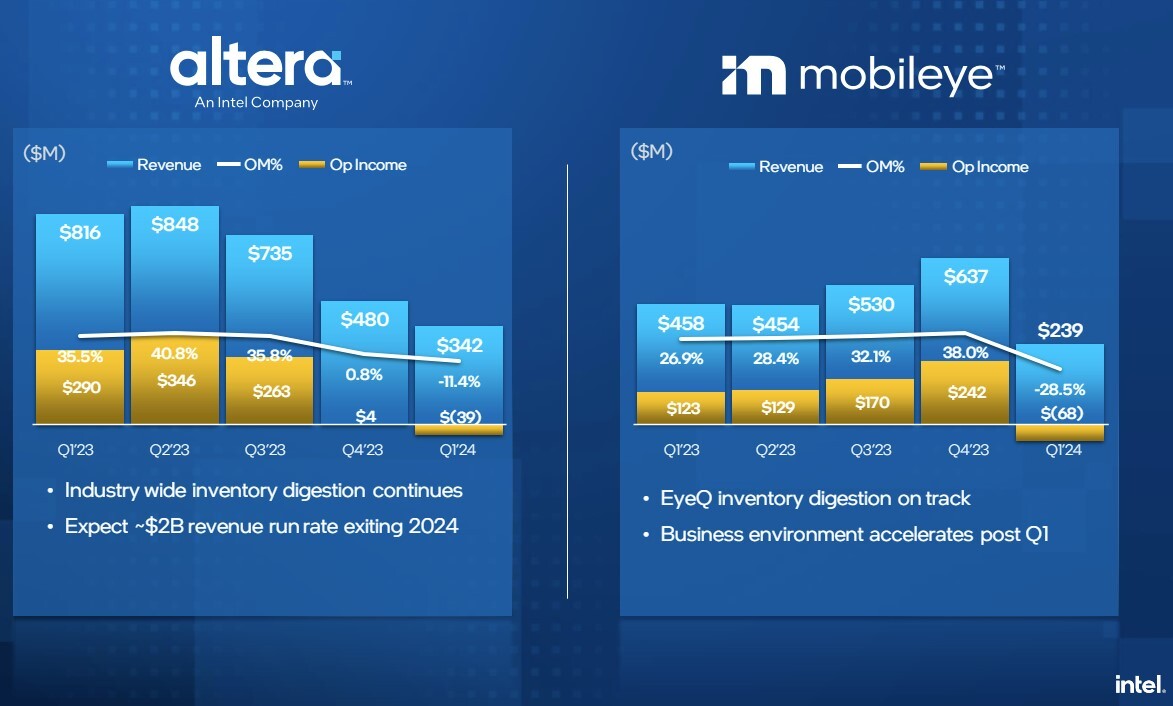Clean Energy's Growth: Challenges And Opposition

Table of Contents
Economic Challenges and Barriers to Clean Energy Adoption
The shift to clean energy requires significant investment and presents several economic hurdles.
High Initial Investment Costs
The upfront capital required for clean energy infrastructure is substantial, often exceeding that of traditional fossil fuel plants.
- High manufacturing costs: Producing solar panels, wind turbines, and other renewable energy technologies involves complex manufacturing processes, resulting in relatively high initial costs.
- Land acquisition costs: Securing suitable land for large-scale solar and wind farms can be expensive, particularly in areas with high property values or limited available land.
- Grid integration expenses: Connecting new renewable energy sources to the existing electricity grid requires significant investment in grid upgrades and modernization, adding to the overall project cost.
- Financing difficulties for smaller projects: Smaller-scale renewable energy projects often face difficulties securing financing due to perceived higher risks and lower returns compared to larger projects.
Government subsidies, tax incentives, and loan programs are crucial in mitigating these high initial investment costs. These financial instruments help reduce the financial burden on developers and make clean energy projects more economically viable. The success of such initiatives is critical for driving the wider adoption of renewable energy solutions.
Intermittency and Reliability Issues
Renewable energy sources like solar and wind are intermittent, meaning their energy output fluctuates depending on weather conditions. This intermittency poses challenges to grid reliability.
- Energy storage solutions: Batteries, pumped hydro storage, and other energy storage technologies are vital for addressing the intermittency issue by storing excess energy generated during peak production and releasing it when needed.
- Smart grid technologies: Advanced smart grid technologies enable better management of energy supply and demand, optimizing the integration of variable renewable energy sources and improving grid stability.
- Grid modernization: Upgrading and modernizing existing electricity grids is crucial to ensure the reliable and efficient integration of large-scale renewable energy generation.
- Challenges in integrating variable renewable energy: Balancing the supply and demand of electricity when renewable energy sources are intermittent requires sophisticated grid management and forecasting techniques.
Advancements in energy storage and smart grid technologies are continuously improving the reliability of renewable energy systems, making them a more dependable energy source.
Job Displacement Concerns in Traditional Energy Sectors
The transition to clean energy inevitably raises concerns about job losses in traditional fossil fuel industries, such as coal mining and oil extraction.
- Retraining programs: Investing in robust retraining programs for workers in declining fossil fuel industries is essential to equip them with the skills needed for jobs in the growing renewable energy sector.
- Investment in new green jobs: Significant investment in renewable energy infrastructure and related industries will create numerous new green jobs, offsetting potential job losses in traditional energy sectors.
- Policies promoting workforce transition: Government policies aimed at supporting workforce transitions, such as tax credits for green job training and incentives for companies hiring from transitioning industries, are crucial.
- The importance of just transition policies: Just transition policies ensure that the shift to clean energy is equitable and addresses the needs of workers and communities affected by the decline of fossil fuel industries.
Successful examples of workforce retraining and job creation in the renewable energy sector demonstrate that a just transition is possible with the right policies and investment.
Political and Regulatory Hurdles for Clean Energy Development
Political and regulatory landscapes significantly influence the development and deployment of clean energy technologies.
Policy Uncertainty and Regulatory Barriers
Inconsistent government policies and complex regulations can create uncertainty and deter investment in clean energy projects.
- Permitting processes: Lengthy and cumbersome permitting processes can delay or even prevent the development of clean energy projects.
- Environmental impact assessments: Thorough environmental impact assessments are necessary, but overly stringent or poorly designed processes can hinder progress.
- Lobbying efforts by fossil fuel interests: Powerful lobbying groups representing fossil fuel industries often actively work to oppose or delay clean energy policies.
- Lack of long-term policy commitments: The lack of consistent and long-term policy commitments makes it difficult for investors to plan and invest in clean energy projects with confidence.
Political instability and changes in government priorities can significantly impact clean energy projects, highlighting the need for stable and consistent policy frameworks.
Opposition from Fossil Fuel Industries and Lobbying Groups
Vested interests in the fossil fuel industry actively lobby against policies that promote renewable energy.
- Campaign contributions: Fossil fuel companies often make significant campaign contributions to politicians who oppose clean energy initiatives.
- Misinformation campaigns: These industries often spread misinformation about the effectiveness and safety of renewable energy technologies.
- Lobbying against clean energy policies: Powerful lobbying groups actively work to weaken or block clean energy policies at the local, state, and national levels.
- Legal challenges to renewable energy projects: Fossil fuel interests often initiate legal challenges to delay or prevent the construction of renewable energy projects.
Evidence of lobbying efforts and their impact on policy decisions underscores the need for transparent and accountable policy-making processes.
Public Perception and Misconceptions about Clean Energy
Public perception plays a critical role in the success of the clean energy transition. Misunderstandings and misinformation can hinder support for renewable energy projects.
- Environmental impact of clean energy production: Concerns exist about the environmental impact of manufacturing renewable energy technologies and the land use associated with large-scale projects.
- Land use concerns: The land required for solar and wind farms can raise concerns about habitat loss and visual impacts on landscapes.
- Visual impact of wind turbines and solar farms: Some people find the visual impact of wind turbines and solar farms aesthetically unpleasing, leading to opposition to their development.
- Myths and misinformation about clean energy technologies: Misinformation about the safety, reliability, and environmental impact of clean energy technologies can create public resistance.
Addressing these concerns through factual information and transparent communication is crucial for building public support for clean energy initiatives.
Technological and Infrastructure Limitations
Technological advancements and infrastructure upgrades are crucial for realizing the full potential of clean energy.
Technological Advancements and Innovation Needs
Continuous innovation is essential for improving the efficiency and cost-effectiveness of clean energy technologies.
- Research and development in battery technology: Improvements in battery technology are critical for enhancing the cost-effectiveness and performance of energy storage systems.
- Advancements in solar panel efficiency: Increasing the efficiency of solar panels will allow for greater energy generation from smaller areas.
- Next-generation wind turbine designs: More efficient and durable wind turbine designs will reduce costs and improve energy output.
- Improvements in energy storage: Developing more efficient, cost-effective, and longer-lasting energy storage technologies is crucial for overcoming the intermittency of renewable energy sources.
Investing in research and development is crucial for driving innovation and making clean energy technologies more competitive.
Grid Infrastructure Upgrades and Modernization
Existing electricity grids need significant upgrades to accommodate the intermittent nature of renewable energy sources.
- Smart grids: Smart grids enable better management of energy supply and demand, optimizing the integration of variable renewable energy sources.
- Grid modernization projects: Large-scale grid modernization projects are necessary to improve grid capacity and reliability.
- Transmission line upgrades: Upgrading transmission lines is essential for transporting energy from remote renewable energy sources to population centers.
- Grid stability challenges: Integrating large amounts of variable renewable energy can pose challenges to grid stability, requiring advanced grid management techniques.
Grid modernization is a critical component of a successful transition to a clean energy future, though it presents significant financial and logistical challenges.
Conclusion: Overcoming Challenges to Achieve Clean Energy Growth
The transition to clean energy faces significant challenges: economic barriers, political hurdles, technological limitations, and public perception issues. However, transitioning to clean energy is paramount for environmental sustainability and energy security. We must address these challenges proactively. Government support through subsidies, tax incentives, and supportive policies is essential. Technological innovation, public education campaigns that address misconceptions, and strategies to address job displacement concerns are all crucial.
We urge you to support policies that promote clean energy, engage in informed discussions about renewable energy development, and contribute to the transition toward a sustainable energy future. Learn more about the challenges to clean energy and actively participate in overcoming them. A cleaner, more sustainable future depends on our collective commitment to a responsible energy transition.

Featured Posts
-
 Vybz Kartels New York Concert A Landmark Performance
May 21, 2025
Vybz Kartels New York Concert A Landmark Performance
May 21, 2025 -
 Vapors Of Morphine Northcote Concert Date And Ticket Info
May 21, 2025
Vapors Of Morphine Northcote Concert Date And Ticket Info
May 21, 2025 -
 Ing Group Publishes 2024 Financial Results Form 20 F Analysis
May 21, 2025
Ing Group Publishes 2024 Financial Results Form 20 F Analysis
May 21, 2025 -
 Find The Answers Nyt Mini Crossword March 20 2025
May 21, 2025
Find The Answers Nyt Mini Crossword March 20 2025
May 21, 2025 -
 Restauration Du Patrimoine Breton Plouzane Et Clisson Beneficiaires De La Mission Patrimoine 2025
May 21, 2025
Restauration Du Patrimoine Breton Plouzane Et Clisson Beneficiaires De La Mission Patrimoine 2025
May 21, 2025
